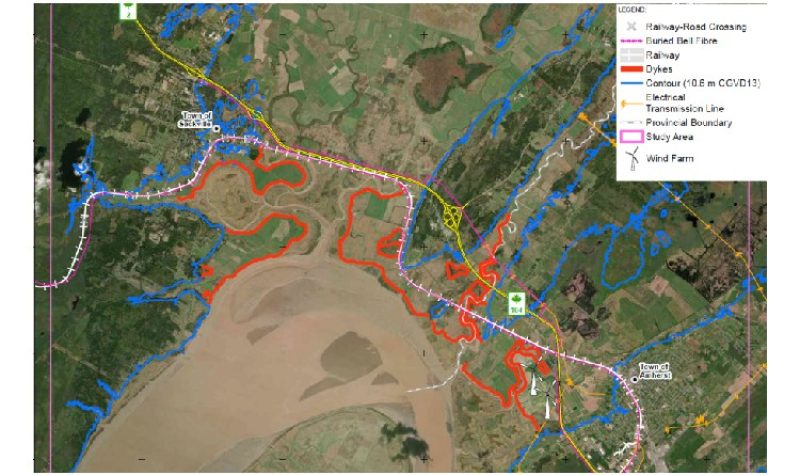With sea levels rising and weather patterns becoming more volatile, the storm that wreaked havoc in Atlantic Canada last month might be a mere sampling of things to come.
In the wake of Hurricane Fiona, Prof. Jeff Ollerhead of Mount Allison University says decision-makers can reduce the risks of catastrophic flooding in the Tantramar area by restoring salt marshes.
“Are we seeing storms? Are we seeing impacts? Yes. Fiona has just reminded us of that," he said. "And do we have the ability or the capacity to do something about this? Yes, we do.”
Ollerhead made those comments during a recent talk with the Bay of Fundy Ecosystem Partnership, described as a "virtual Institute" open to people interested in the well-being of the bay.
CHMA tuned into the talk to bring you highlights. Ollerhead started by talking about the Intergovernmental Panel on Climate Change and how things appear to be changing faster than predicted.


